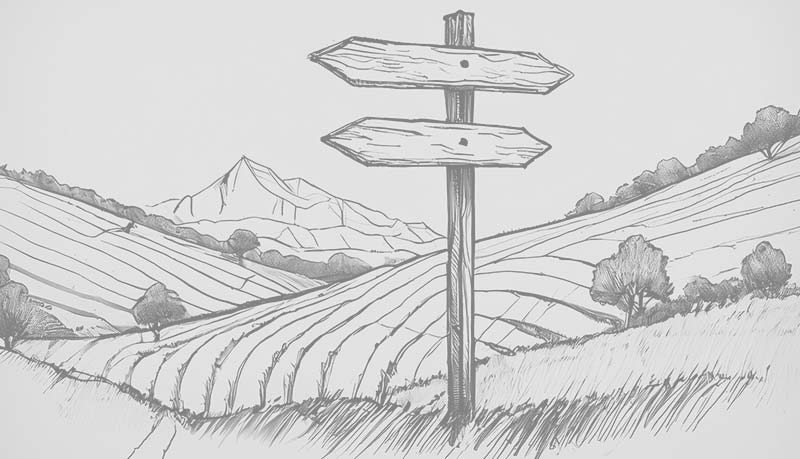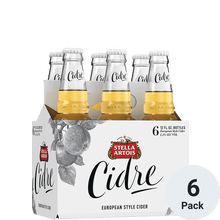Stella Artois Cidre Hard Cider
Stella Artois Cidre Hard Cider
12 SHIP FREE
Product Details
- Varietal Apple Cider
- Closure type Apple Cider
- Brand Stella Artois
- Country Belgium
- ABV 4.5%
- SKU 1285074
Are you 21 or older?
You must be 18 years or older to continue.
More about this item
More about this item
Default-Varietal
Default-Varietal
Country-Belgium
Belgium
Belgium is beer country, full stop. Monasteries still brew rich Trappist ales, farmhouse saisons stay dry and peppery, and wild-fermented lambics bring tart cherry and funky citrus like nothing else. Add jenever (the malty cousin of gin), a few beloved liqueurs, and some cool-climate sparkling wines and you’ve got range for days.
What makes it special
- Yeast-driven character: Belgian brewers let yeast sing—banana, clove, pepper, honey, bubblegum, all in balance.
- Mixed and spontaneous fermentation: Lambic, gueuze, and Flanders reds age in wood for layered sourness and subtle funk.
- Glassware + serving rituals: Tulips, chalices, flutes—each style has a proper pour for aroma and foam.
- Spirit roots: Grainy, aromatic jenever sits alongside local gins and classic liqueurs.
Styles you’ll see
- Trappist & Abbey Ales
- Strong Golden Ale: pear, white pepper, lively sparkle—big yet airy.
- Saison/Farmhouse: dry, peppery, citrus peel; food’s best friend.
- Witbier: hazy wheat with orange peel and coriander—lemony and fresh.
- Lambic/Gueuze: spontaneously fermented; tart, citrusy, gently funky.
- Fruit Lambic (Kriek/Framboise): real cherry or raspberry over a dry, tangy base.
- Flanders Red & Oud Bruin: cherry balsamic, oak, cola spice; softly sour.
- Belgian IPA: hop bite meets fruity Belgian yeast.
- Pils/Lager: crisp, grain-clean, pub-easy.
Spirits, liqueurs, and wine
- Jenever (Genever): malt-wine base with juniper; oude (maltier) vs jonge (lighter).
- Belgian gin: juniper with orchard and spice notes.
- Liqueurs: Elixir-style herbal bottles, chocolate or citrus-led sippers.
- Wine (niche but rising): cool-climate sparkling, crisp Auxerrois/Chardonnay, light Pinot Noir.
Flavor snapshot
Fresh-baked bread, banana-clove spice, lemon zest, white pepper, tart cherry, orchard fruit, oak vanilla, gentle funk. Spirits lean grainy-juniper with a clean, dry finish.
How to enjoy it
- Tripel or Strong Golden in a tulip—let the foam rise, then sip slowly.
- Saison with dinner; it behaves like a zesty white wine.
- Gueuze in a flute or tumbler—cool, not icy.
- Witbier ice-cold with a citrus twist.
- Jenever lightly chilled, neat, or as a beer-chaser (kopstootje).
Pairing playbook (veg-forward)
- Witbier: goat cheese salad, citrusy slaw, herby hummus plates.
- Saison: roast veggies, herbed potatoes, soft cheeses, veggie paella.
- Tripel: spicy Thai-style veg, honey-roasted carrots, nutty cheeses.
- Dubbel/Quad: mushroom stew, caramelized onions, dark chocolate.
- Gueuze/Flanders red: vinaigrette salads, pickled veg, aged cheddar, berry tarts.
- Pils: fries with mayo, fried mushrooms, pretzels.
Buying tips
- Trappist: the “Authentic Trappist Product” logo means brewed at a monastery.
- Traditional sours: look for “oude gueuze/kriek” (typically unsweetened, bottle-conditioned).
- Flanders reds: oak or foeder-aged signals depth.
- Freshness: drink hop-forward styles young; cellar dark strongs and sours if you like complexity.
- Jenever: choose oude for malt richness, jonge for lighter mixing.
Serving notes
- Pils/Wit: 38–45°F
- Saison/Tripel/Strong Golden: 45–50°F
- Dubbel/Quad/Flanders: 50–55°F
- Gueuze/Fruit Lambic: 45–50°F
- Jenever/Gin: lightly chilled; neat or in short cocktails
- Sparkling wine: 45–50°F
Bottom line
Belgium is flavor and finesse in equal measure—yeast-driven ales, world-class sours, crisp lagers, and a malty, juniper-kissed spirit for the nightcap. Want one country that covers weeknights, dinner parties, and dessert? You’re looking at it.
FAQs
1) Dubbel vs Tripel vs Quad—what’s the difference?
Body and color climb as you go: Dubbel is darker and malty, Tripel is golden and spicy-dry, Quad is deep, rich, and warming.
2) What does “oude gueuze/kriek” mean?
“Oude” signals traditional methods—blended, bottle-conditioned, and typically unsweetened—for a drier, more complex sour.
3) Are Belgian beers all high ABV?
Many classics are strong, but not all. You’ll find crisp pils, sessionable pub lagers, and light, dry saisons alongside the big Trappist and strong-golden bottles.

Default-Region
Default-Region
We’re confirming the specific growing area and will update once verified. Our team is checking with the producer.




